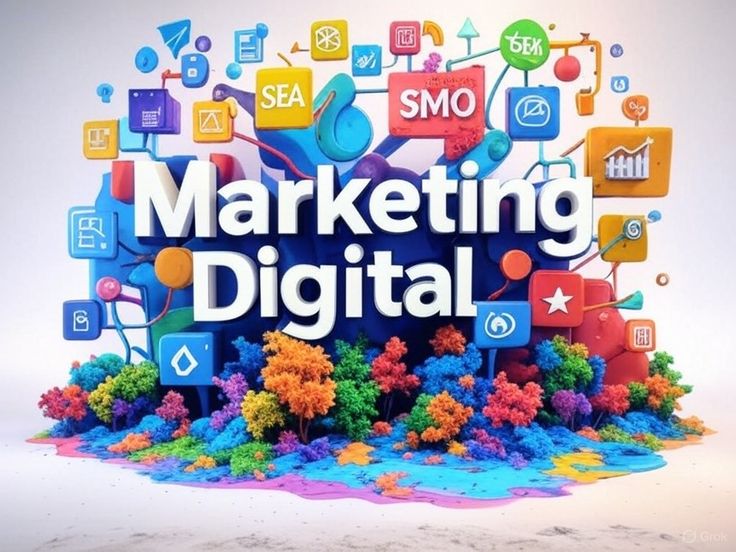How to choose the right social media management tool for small businesses
Social media has become a must-have for small businesses. Discover the top-rated social media management tools tailored to fit small business needs, budgets, and goals.It helps you reach new customers, build your brand, and grow sales. But managing multiple social accounts can be overwhelming. Posting at the right time, responding promptly, and tracking results takes a lot of work. That’s where a good social media management tool comes in. It saves you time, keeps your posts consistent, and shows what’s working. In this guide, we’ll look at how to pick a tool that fits your small business, review the top options, and share expert tips to make your choice easier.

Understanding Your Small Business Social Media Goals
Before choosing a tool, get clear on your goals. Why are you using social media? What do you want to accomplish?
Define Your Business Objectives
Your goals shape your whole strategy. Are you trying to increase brand awareness? Maybe you’re looking for new leads or trying to provide better customer service. A bakery might focus on real-time engagement to attract walk-in customers. A consulting firm, on the other hand, might want tools that help gather leads through targeted posts. Matching your goals with the right features makes all the difference.

Identify Your Target Audience and Platforms
Knowing your audience is key. Do your customers hang out on Facebook, Instagram, or LinkedIn? For example, teens and young adults prefer TikTok or Instagram. Professionals often stay on LinkedIn. Picking the right platforms helps you focus your efforts where it counts most. This makes your social media plan more effective.
Determine Your Content and Posting Needs
How often will you post? Do you mainly share images, videos, or stories? Small businesses need to pick tools that support the types of content they create. If you post many videos, look for a platform with good video scheduling. If you post daily, automation features can save time. Knowing your content needs guides you toward the best tool options.
Key Features and Functionalities to Consider
Not all tools are created equal. Focus on features that match your goals and workflow.
Post Scheduling and Automation
Consistency is king on social media. A tool that lets you schedule posts saves you from last-minute scrambles. Automation can help you post at peak times without being online all the time. For example, if you own a local cafe, scheduling weekly posts for specials keeps your feed fresh. Without scheduling, it’s easy to forget or delay your posts.
Analytics and Reporting
You need to see what works. Metrics like engagement, reach, and conversions tell you if your posts connect with people. Robust analytics help you tweak your content plan. For a small shop, knowing that posts about new products get more likes can guide future content.
Collaboration and Team Management
If you work with others, look for tools that support multiple users. Features like approval workflows, roles, and team calendars keep everyone on the same page. Small teams benefit from clear collaboration, avoiding mishaps and confusion.

Social Listening and Customer Engagement
Social listening tools help you monitor what people say about your brand. Are customers happy? Are there complaints? Engaging directly with followers builds loyalty. Features like inbox management simplify responding quickly to questions or comments.
Integrations and Compatibility
Your social tool should play nice with other apps. For instance, if you use a CRM or email marketing software, pick a tool that integrates with these. E-commerce integration lets you tag products directly in posts, boosting sales.
Budget Considerations and Pricing Models
Investing in the right tool depends on your resources. Small businesses often start with free options, but paid plans can add valuable features.
Free vs Paid Tools
Free tools are great to test but might come with limits. They often restrict the number of posts, users, or analytics depth. Paid plans usually unlock more capabilities, better support, and scalability. If social media is a core part of your marketing, paying for a plan makes sense.
Subscription Tiers and Value
Most tools offer multiple plans. Basic plans may cover scheduling and basic analytics. Higher tiers add advanced features like social listening or team collaboration. Evaluate what’s most important for your business and compare prices. Think of it as investing in your marketing team’s efficiency.

Hidden Costs and Limitations
Watch out for extra charges. Some tools charge for add-ons or limit the number of accounts you can connect in lower-tier options. Also check whether your preferred features are included with the plan or cost extra.
Evaluating User-Friendliness and Customer Support
Ease of use can make or break your experience.
Ease of Use
Choose a platform that’s straightforward. An intuitive interface reduces learning time and errors. Many tools offer free trials or demos—use these to test how easy it is to create posts, analyze reports, and collaborate.
Customer Support and Resources
Good customer support helps when issues arise. Look for options like live chat, email support, or extensive tutorials. User reviews can reveal how responsive companies are. If your chosen tool’s support team is quick and helpful, you’ll gain confidence in your decision.

Scalability and Future Growth
Your small business will likely grow. Pick a tool that can expand with you. For example, if you plan to add more social channels or hire staff, ensure the platform can handle that. Future-proof tools prevent the hassle of switching later.
Real-World Examples and Expert Insights
Take Sarah’s boutique store. She started with a free tool to schedule weekly posts. As her store gained more followers, she upgraded to a paid plan with analytics and social listening. This helped her spot trending products faster and engage customers directly. Today, her social media is a top driver of sales.
An expert in small business marketing says, “Focus on tools that support your goals. Features like automation and analytics are must-haves. Don’t get distracted by bells and whistles you don’t need.” Keeping your goals clear saves money and frustration.
Conclusion
Choosing the right social media management tool involves understanding your goals, content needs, and budget. Focus on key features like scheduling, analytics, and collaboration. Test different options with free trials, get input from your team, and don’t rush the decision. Remember, a good tool makes social media easier and more effective, helping your small business thrive online. Investing in the right platform can boost your reach, save time, and grow your customer base—so choose wisely.
Frequently Asked Questions (FAQs)
What features should I look for in a social media management tool?
Look for tools that allow you to schedule posts, monitor engagement, and analyze results. Easy collaboration options are also helpful if you have a team.
How important is ease of use when choosing a tool?
Very important. A simple, user-friendly tool saves time and reduces frustration, especially if you’re new to social media management.
Should I consider the cost of the tool?
Yes. Pick a tool that fits your budget but also offers the features you need. Free options are good to start with, but paid tools often have more options.
Can the tool handle multiple social accounts?
Yes. Choose a tool that can connect to all your social media profiles in one place. This saves time and keeps your content consistent.
Does the tool offer analytics and reports?
Good analytics help you see what is working and what isn’t. Pick a tool that offers easy-to-understand reports to track your progress.







